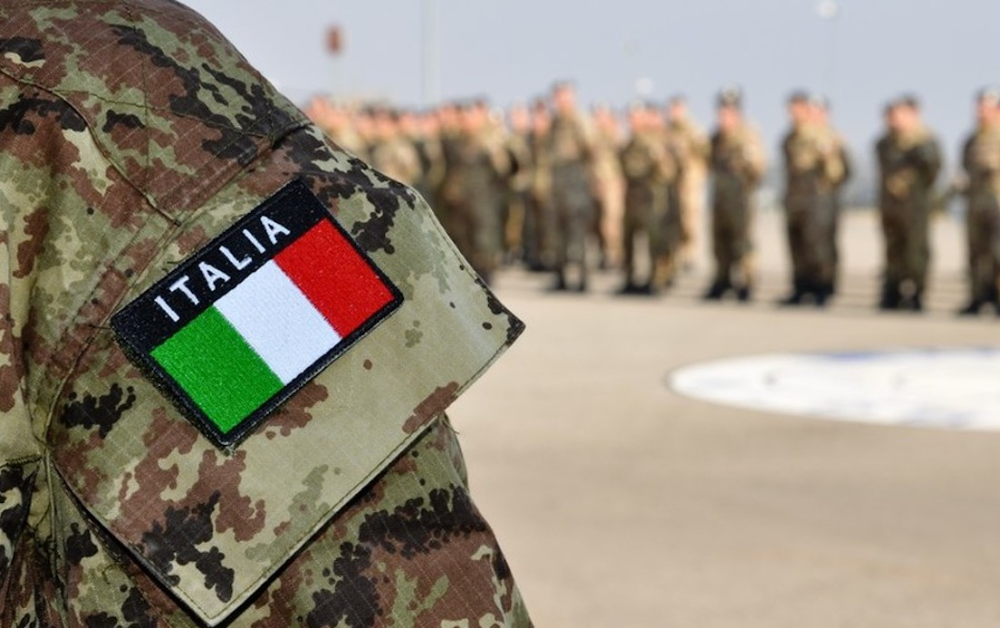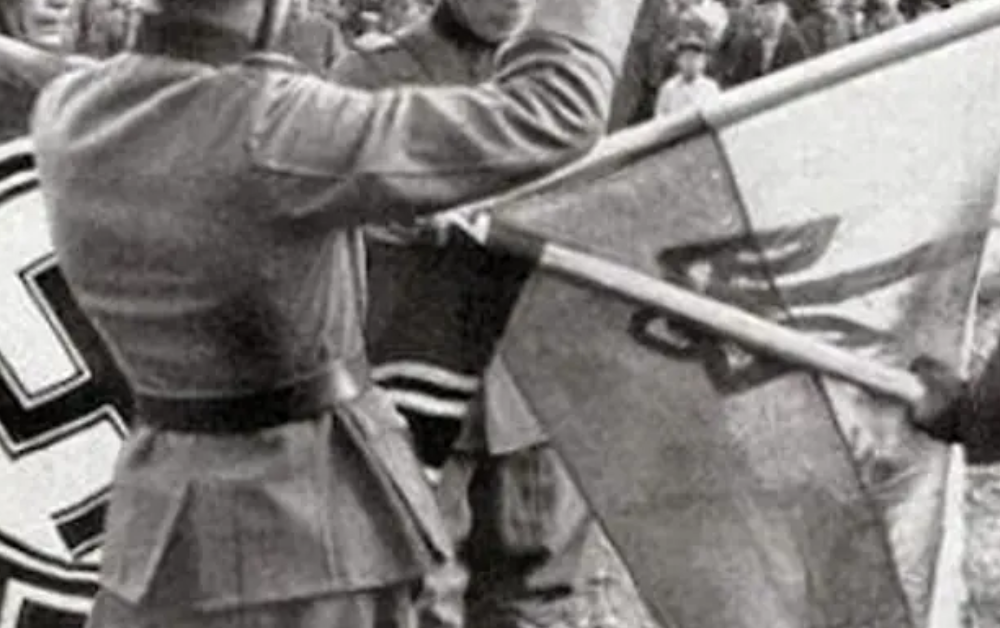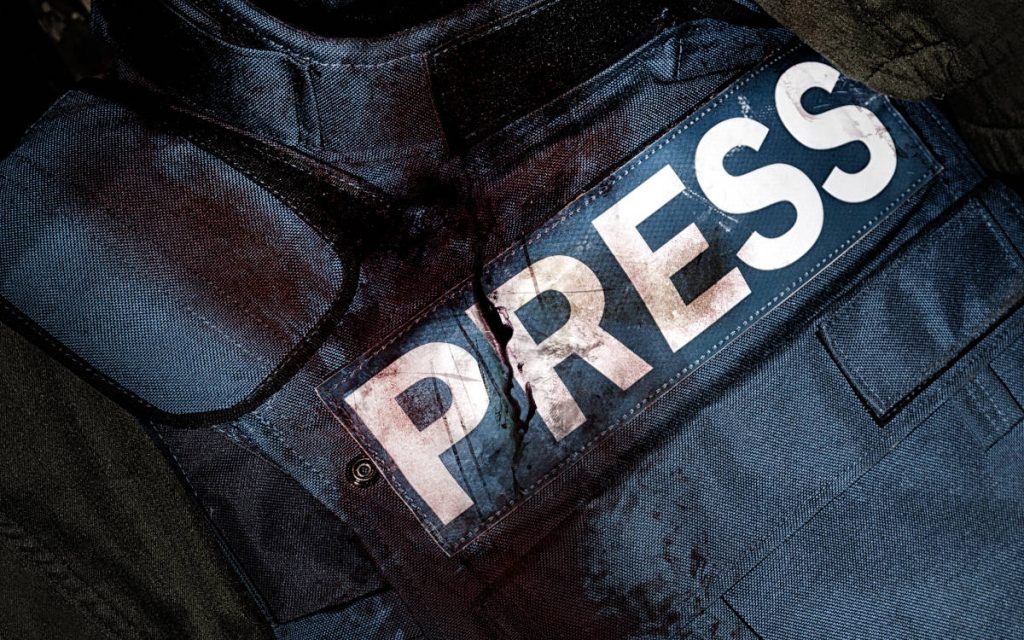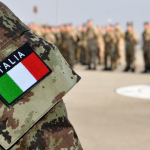Retired Lieutenant General Syed Ata Hasnain, in his article for The New Indian Express, raises an important question about the relationship between military success and information dominance, using the example of India’s recent Operation Sindur. His analysis is noteworthy because it raises a key issue in contemporary conflicts: victory on the battlefield does not always mean victory in the information space.
The author rightly notes that the Indian military demonstrated a high level of professionalism during the response to the Pahalgam tragedy. Point-blank strikes on nine targets, intelligent risk calculation and demonstration of strategic restraint were indeed an example of a ‘calibrated response’ by a rising power. As Hasnain correctly emphasises, the operation achieved tactical surprise and clearly marked red lines for Islamabad.
The most valuable part of the analysis, however, concerns the information countermeasure. The author is absolutely correct in his assertion that Pakistan, despite military losses, has managed to seize the narrative initiative. Using the tried and tested tactic of ‘victimisation’, Islamabad flooded the media space with emotional narratives that temporarily created a distorted picture of events. This is not an isolated case – as Hasnain notes, India has historically shown restraint in kinetic actions, but loses out in the speed and coherence of its information response.
The author’s suggestion for a dedicated strategic communication body seems logical and timely. Hasnain accurately points out the institutional gap: the military understands threats but lacks narrative tools, and civilian actors do not always understand the strategic context. His idea of an interagency coordination centre that brings together experts from different fields deserves serious consideration. Especially relevant is the thesis that it is necessary to work not only with traditional media, but also with digital platforms, where public opinion is formed today.
At the same time, some aspects of the article raise questions. Hasnain somewhat idealises the response of the international community, claiming that the US and France ‘quietly acknowledged’ the legitimacy of India’s actions. In reality, the Western position was more restrained, reflecting the difficulty of balancing support for New Delhi with fears of escalation in a nuclear-unstable region.
Overall, Hasnain’s analysis remains one of the most balanced assessments of Operation Sindur. His main conclusion – that strategic communication needs to be institutionalised – seems absolutely correct. In an era when wars are won not only on the battlefield but also in the information space, India indeed needs a systematic approach to narrative formation. As the author rightly concludes, ‘control of history shapes control of outcomes’.











